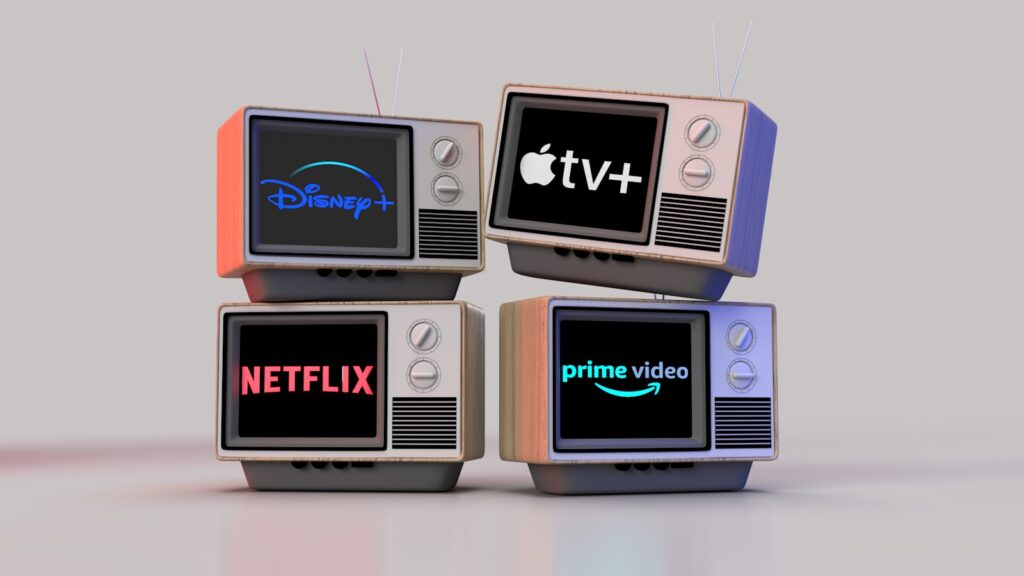
In the fiercely competitive US streaming market, a seismic shift is underway. For years, the industry’s trajectory was defined by an insatiable hunger for subscriber growth, a relentless pursuit that fueled massive content investments and an ever-expanding roster of platforms. However, this era of unrestrained expansion has given way to a sobering new reality: subscriber acquisition is no longer the sole, or even primary, metric of success. Instead, the battleground has moved squarely to retention, a challenge proving far more complex than originally anticipated.
With churn rates climbing and consumer fatigue setting in, viewers are increasingly asking themselves if the endless array of choices truly offers value or merely adds to their monthly financial burden. The industry is currently pivoting towards sophisticated retention strategies that integrate pricing innovation, bundled services, and deeply personalized content experiences. This evolution signifies a critical turning point, forcing platforms to re-evaluate their fundamental programming and business models to foster lasting relationships rather than fleeting subscriptions.
Recent data paints a clear picture of this struggle, revealing a troubling trend that underscores the urgent need for change. The average monthly churn rate across the industry now stands at 5.5%, a dramatic increase from just 2% in 2019. This escalating disengagement, coupled with a discernible fatigue among consumers facing an overwhelming number of options, demands an in-depth exploration of the forces at play. Here, we delve into the core reasons why major streaming platforms are grappling with an exodus of subscribers and how viewers are responding to a saturated and increasingly costly digital landscape.
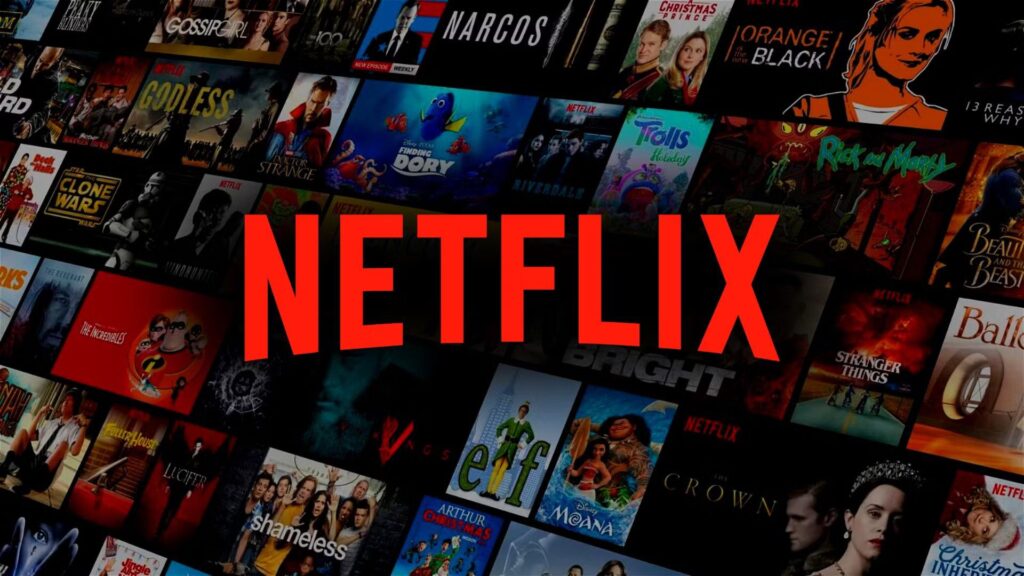
1. **Rising Churn Rates and the Rise of the “Serial Churner”**
The most immediate and alarming indicator of the streaming industry’s struggles is the significant surge in churn rates. According to a new analysis by Fabric, recent data from Q1 2025 reveals that churn rates rose across major platforms including Netflix, Prime Video, and Disney+. While Hulu notably bucked this pattern, reporting a 35% drop in cancellations, the overall trend points to a systemic challenge affecting even the biggest players.
This isn’t just about individual cancellations; it’s about a widespread behavioral pattern. The average monthly churn rate now sits at 5.5%, a figure that vividly illustrates how consumers are actively rotating through subscriptions. This marks a substantial increase from the more stable 2% rate observed in 2019, highlighting a fundamental shift in how viewers engage with these services and their willingness to commit long-term.
A particularly revealing aspect of this trend is the emergence of the “serial churner.” These are users defined as those who cancel three or more services within two years, and they now represent a significant 23% of the U.S. streaming audience. This group exemplifies the consumer habit of subscribing for specific content, then canceling once that content has been consumed, before potentially repeating the cycle with another platform.
Despite these challenging figures, there’s a glimmer of opportunity for platforms. The analysis also indicates that 41% of users who cancel a service eventually resubscribe within a year. This suggests that carefully crafted “win-back” campaigns could prove effective, providing a pathway to recapture former subscribers and convert transient viewers into more stable, long-term customers. The insights into serial churners and resubscribers underscore the dynamic and often cyclical nature of consumer engagement in today’s streaming ecosystem.
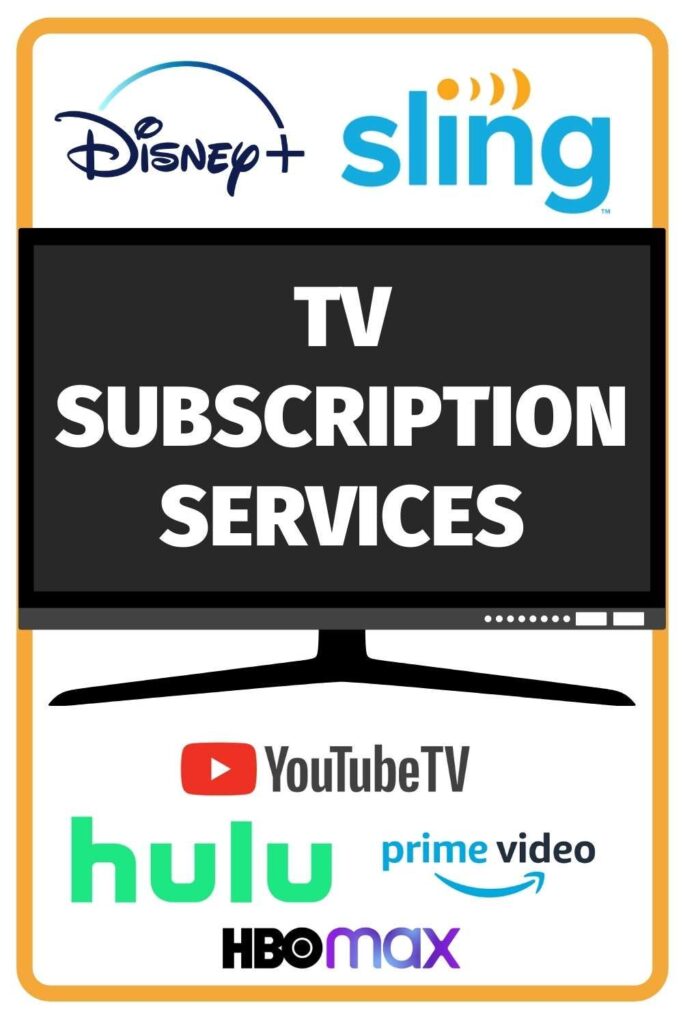
2. **Soaring Subscription Prices and Consumer Wallet Strain**
Perhaps the most tangible and widely cited reason for subscriber defection is the relentless increase in subscription prices. “Unsurprisingly, 45% of users cite high costs as the primary reason for cancellation,” the context reveals. Subscription prices have surged by a staggering 25% in the past year alone, with platforms increasing rates by an average of 9% annually. This rapid escalation has placed a considerable burden on consumers’ wallets, forcing them to re-evaluate their digital entertainment budgets.
This trend is industry-wide, impacting nearly every major service. In 2023 alone, Apple TV+, Disney+, Hulu, Max, Netflix, Paramount+, and Peacock all implemented price hikes. For instance, the ad-free version of Disney+ jumped from $11 to $14 per month, while Netflix’s Premium offering rose by $3 to $22.99 monthly. Max saw its ad-free plan increase by $1, and its top tier moved from $16.99 to $20.99, demonstrating a clear pattern of prioritizing immediate revenue over sustained, lower-cost access.
The cumulative effect of these individual increases is substantial. The cost to subscribe to the nine major streaming services in the US has now soared to over $120 per month, a significant jump from just over $100 a year ago. This escalating expense undermines the initial appeal of streaming as a cost-effective alternative to traditional cable television, which averages around $83 per month. The supposed savings from cord-cutting are rapidly eroding, making cable an increasingly attractive option for budget-conscious consumers.
As Dan Goman, CEO and founder of Ateliere Creative Technologies, succinctly puts it, “For many years, streaming services offered subscriptions at rates that were enticingly low.” However, these rates were ultimately unsustainable, leading to the current situation where the industry is “gravitating toward familiar models—ads and bundles.” This shift, driven by the necessity to survive and achieve profitability, directly translates into higher costs for consumers, creating a friction point that fuels the ongoing churn and necessitates a re-evaluation of content value against price.
Read more about: The 10 Most Regrettable New Cars to Buy Now: A Deep Dive into High Repair Costs and Ownership Burdens
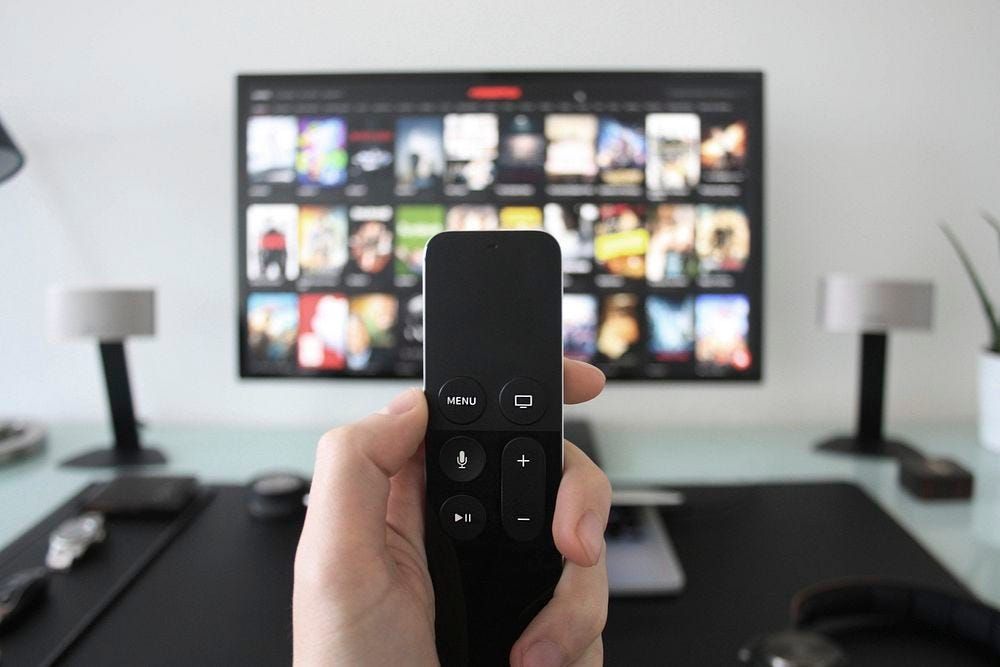
3. **The Flawed Focus on Acquisition at All Costs**
The early days of the streaming boom were characterized by an aggressive, almost singular, focus on subscriber acquisition. Companies poured immense sums of money into creating vast amounts of content, believing that a constant flow of new, splashy originals was the key to attracting and retaining a mass audience. This strategy was further amplified by the 2020 and 2021 lockdowns, which naturally accelerated sign-ups as entertainment options dwindled.
However, this acquisition-at-all-costs mentality has proven to be a double-edged sword, particularly in a maturing market. Many platforms classified subscribers into high-risk and low-risk categories based on viewing hours, prioritizing broad-appeal, high-budget shows designed to attract new sign-ups. While effective during initial growth phases, this approach becomes unsustainable once market saturation is reached, as Netflix is discovering in the U.S. market, having more or less hit a ceiling.
The core issue with this strategy is highlighted by the phenomenon of “one-and-done” viewership. According to Samba TV, during the first half of 2024, shows like *Fool Me Once* (Netflix), *Masters of the Air* (Apple TV+), and *Reacher* (Amazon Prime Video) were predominantly consumed by viewers who watched only a single title on a platform. These titles effectively act as acquisition drivers, spurring new sign-ups, but they fail to anchor subscribers for the long term, creating a persistent churn problem.
From an industry perspective, relying heavily on such content represents “a losing battle.” Deloitte suggests that streaming services need subscribers to remain on the hook for up to 15 months to generate a return on investment. Yet, the current programming strategy, with its emphasis on acquiring new users through singular hit shows, makes this retention target increasingly difficult to attain. This flawed focus is creating significant longer-term issues for financial stability and underscores the need for a more balanced approach to content strategy and subscriber engagement.
Read more about: Unleash Your Inner Gearhead: 14 Classic Car Restoration Projects Under $10K That Promise High Returns
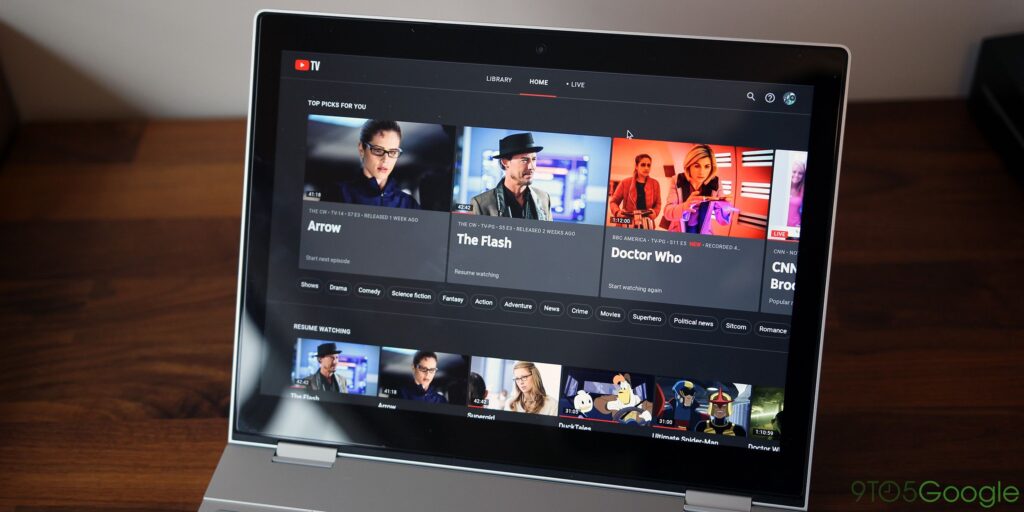
4. **The Burden of “One-and-Done” Content and Viewership Leaks**
While “one-and-done” shows might excel at bringing new users through the digital door, their inability to retain those viewers within the platform’s ecosystem creates a significant financial burden. Parrot Analytics data, which examines the percentage of viewers who watched a show and then engaged with other content on the same platform, paints a stark picture. Titles like *Fool Me Once* (23.9 percent), *Masters of the Air* (9 percent), and *Reacher* (16.4 percent) ranked poorly in year-to-date consumption affinity within their respective catalogs.
This low internal consumption affinity means that many high-budget, acquisition-focused blockbusters are effectively leaking viewership to rival platforms. “In the last week, of the 10 shows viewers watched most alongside *Fool Me Once*, just two were available on Netflix U.S.,” the context notes. Similarly, *Masters of the Air* saw only three out of ten companion shows on its home platform, and *Reacher* only one. This phenomenon transforms these expensive hits into inefficient investments if they consistently drive viewers elsewhere.
The consequence of such leakage is directly tied to the overall health of the platform’s content library and its ability to foster sustained engagement. As the context highlights, “Big hit shows are great, but they may be cost inefficient if they consistently leak viewership to rival platforms.” This becomes even more critical when considering the rising production costs and the competitive landscape where every subscription dollar counts. Without a strong library of retention-driving content, the churn remains a persistent issue, threatening the financial stability of these platforms.
Therefore, the challenge isn’t merely to produce compelling content, but to ensure that content encourages subscribers to stay within a single digital ecosystem. The lack of a robust, engaging internal catalog that complements blockbusters means that even the most successful new shows become merely temporary pit stops in a subscriber’s journey, rather than anchor points for long-term loyalty. This necessitates a strategic re-evaluation of how content investment translates into enduring viewer relationships.

5. **Content Diminishment, “App Fatigue,” and the Search for Value**
Beyond the influx of new content, the *quality* and *availability* of desirable shows have become significant pain points for subscribers. As the business environment cools, there’s an observable “dearth of things to watch,” leading many customers to question the value proposition of their subscriptions. This perception is exacerbated by strategies where companies like Warner Bros. Discovery and Disney are actively taking shows and movies off their streaming services.
The motivation behind such removals is purely financial: to avoid paying royalties and licensing fees, saving “tens of millions of dollars.” While this might bolster a company’s bottom line, it directly impacts the viewer experience. Subscribers may find their favorite shows or movies suddenly disappear, leading to frustration and a sense of distrust towards streamers. “Even if a title moves to a different streaming platform, ‘app fatigue’ is starting to affect customer retention,” explains Plex CEO Keith Valory.
This “app fatigue” stems from the increasing difficulty viewers face in discovering content across a fragmented and sprawling landscape. Valory further elaborates, “The streaming media experience is too chaotic…[it] needs to be more cohesive.” When content is hard to find, or requires navigating multiple platforms, it erodes the convenience that initially drew users to streaming. The sheer volume of choices, paradoxically, makes it harder for viewers to find what they truly want, undermining the core appeal of the services.
Moreover, for some consumers, the problem isn’t a lack of content, but rather an overwhelming abundance. “With all the different streaming services, they can’t even come to terms with the amount of content available to consume, let alone actually find the time to search through it and consume it all,” notes financial planner Ryan Janus. This leads to a simplified approach: cutting back on subscriptions to just one or two favorite platforms, highlighting a consumer desire for curated simplicity over exhaustive choice, and further contributing to the churn faced by many services.
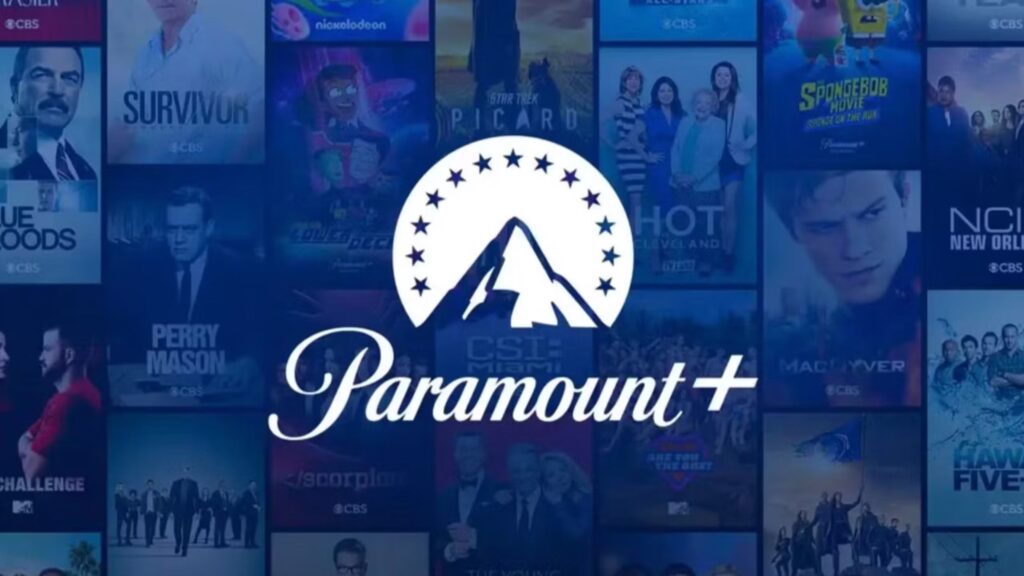
6. **The Unsustainability of the Streaming Boom and Market Saturation**
The heady days of exponential subscriber growth for US streaming services have definitively come to an end. The industry’s boom, once seen as an unstoppable force, is fizzling out, replaced by a period of retraction. “Streaming subscriber growth in the United States has halved in 2023,” the context states, slowing to a mere 10.1% from 21.6% in 2022. This deceleration signals a fundamental shift in market dynamics and the maturation of a once-nascent industry.
This slowdown masks a deeper underlying volatility, particularly with re-subscription trends. Approximately 30% of gross additions in 2023 were re-subscribes, meaning users who had previously canceled and then rejoined within 12 months. While 40% returned within a year, and nearly a quarter within three months, this cyclical behavior underscores a “volatile churn and burn aspect of subscriber behavior,” indicating that loyalty is increasingly fleeting and hard-won in a saturated market.
Market share shifts further illustrate this saturation. Netflix, which once commanded nearly half of all subscriptions in 2019, now represents just over a quarter of the market. Newer entrants like Paramount+ have even overtaken Disney+ in total subscriptions, while Peacock and Paramount+ saw slight market share increases amidst declines for Discovery+, Disney+, and Hulu. These changes reflect a highly competitive environment where gains for one often come at the expense of another, rather than through overall market expansion.
The studios’ ambitious leap into streaming, initially aimed at challenging Netflix, is proving to be a “trap.” With growth stagnating and market dynamics shifting unpredictably, the industry’s focus must pivot. The largest players, having achieved scale, are now under pressure to manage their existing subscribers more effectively and implement gradual price increases. The future of streaming now hinges on balancing subscriber retention with sustainable pricing, moving away from the initial promise of endless growth and towards a more disciplined, profitability-focused model. This new phase demands a critical re-evaluation of every aspect of the streaming business, from content commissioning to pricing structures, to navigate a market that has undeniably reached its saturation point.
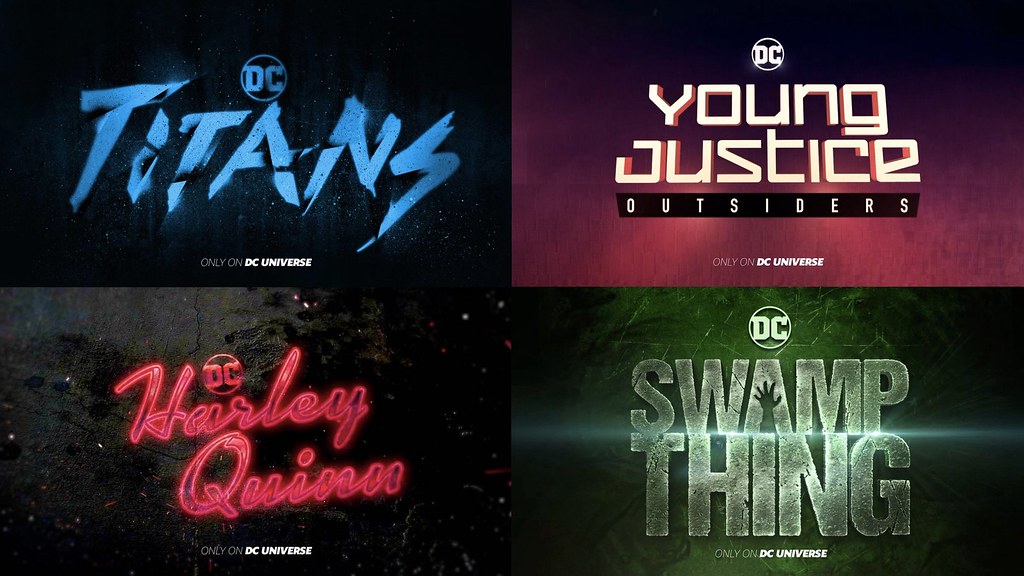
7. **Embracing Ad-Supported Models for Sustainable Growth**
The shift in the streaming industry is not just about identifying problems; it’s about actively evolving business models to combat the rising tide of churn. One of the most significant strategic pivots platforms are deploying is the widespread adoption of ad-supported tiers. This move acknowledges that the initial low-cost, ad-free era, while enticing, was ultimately unsustainable in the long run. As Dan Goman, CEO and founder of Ateliere Creative Technologies, observes, the industry is now “gravitating toward familiar models—ads and bundles.”
This gravitation is driven by a stark financial reality. Ad-supported plans offer streaming operators significantly more revenue potential than their ad-free counterparts, especially in a market where subscription growth has slowed and production costs remain high. While ad-free plans average $19.46, ad-supported options come in at $16.81, a modest 14% savings for the consumer, yet a crucial stream of additional income for the platform through advertising sales. This allows platforms to offset costs and improve profitability.
Indeed, major players like Disney, Hulu, Netflix, and Amazon have either long offered or recently introduced ad-supported options. Amazon, for instance, began inserting ads into Prime Video content, offering an ad-free experience only to those willing to pay an additional $2.99 per month. This strategy, as Disney CEO Bob Iger has indicated, is explicitly designed to “push more people to the less expensive plans” and leverage the long-term advertising potential of the business, even amidst challenging ad markets. It’s a clear signal that the industry sees ad revenue as a cornerstone of its future financial health.
Read more about: The Streaming Wars Are Over: Unpacking the Bundle Economy, M&A Reshaping Hollywood, and the Future of Digital Entertainment

8. **The Power of Bundled Services to Combat Fatigue and Streamline Discovery**
Another powerful lever platforms are pulling to counter subscriber attrition and address the growing “app fatigue” is the strategic implementation of bundled services. Instead of individual, siloed subscriptions, bundles offer a curated package of content, often at a reduced rate, making the overall proposition more appealing and less financially burdensome for consumers. Currently, a substantial 43% of platforms have embraced this model, with over half of them (55%) even partnering with telecom providers to expand their reach and attractiveness.
These bundled offerings present a clear win-win. For consumers, they provide significant financial incentives, with examples like AMC+ and Discovery+ bundles offering up to 30% savings compared to subscribing to each service individually. This directly combats the “consumer wallet strain” identified as a primary reason for cancellations. Moreover, bundles reduce the complexity of managing multiple subscriptions and logging into various apps, centralizing content access and streamlining the discovery process. Max, for example, is accessible as an add-on channel to existing subscriptions on platforms like DirecTV, Prime Video, and Hulu, further broadening its reach and convenience for cord-cutters.
The adoption of bundles is notably varied across platforms and demographics. HBO Max leads in bundle adoption, followed by Paramount+, Starz, MGM+, Disney+, and AMC+. The appeal also varies by age, with younger users (25-34) often accessing numerous platforms, potentially through account sharing, while those over 55 subscribe to fewer, highlighting a generational divide. Bundles, therefore, appeal to a broad spectrum, simplifying the overwhelming choice and reducing the “subscription fatigue” that has become a significant factor in subscriber defection. They are not merely a pricing strategy but a fundamental shift towards a more cohesive and manageable streaming experience.
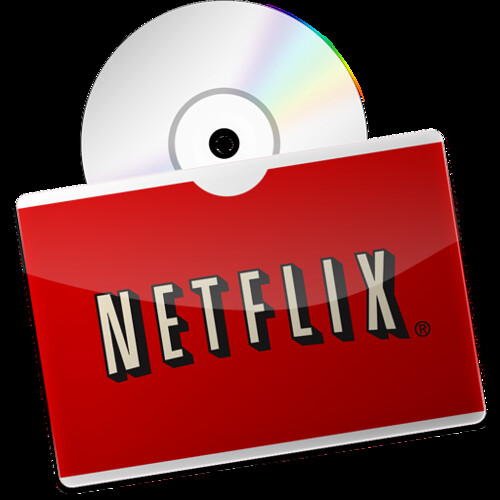
9. **Cultivating Long-Term Engagement with Retention-Driving Content**
While splashy blockbusters are undeniably effective at drawing new eyes, the long-term health of a streaming platform hinges on its ability to keep those viewers engaged far beyond a single hit show. This understanding is leading to a crucial strategic shift: a renewed focus on retention-driving content. Unlike the “one-and-done” titles that often leak viewership to rival platforms, retention-focused programming acts as an anchor, encouraging subscribers to delve deeper into a platform’s catalog.
Parrot Analytics data offers compelling insights into what truly keeps audiences hooked. Top retention titles in 2024 include *Captains of the World* on Netflix, with 47% of its audience watching other Netflix content, and *Property Brothers: Buying & Selling* on Max, seeing 45.7% internal consumption affinity. Similarly, Hulu’s *Dance Moms* (40.4%), Amazon’s *Dahaad* (25.6%), Disney+’s *Marvel’s The Defenders* (23.1%), Peacock’s *Winter House* (22.4%), and Paramount+’s *FBI: International* (22.2%) demonstrate the power of specific types of programming to sustain engagement. These aren’t necessarily the biggest budget productions, but they effectively encourage viewers to stay within the platform’s ecosystem.
Frequent engagement cultivated by such content is invaluable. It not only reduces churn but also fosters habitual viewing behavior, transforming a platform into a default choice for entertainment. This consistent activity is also highly attractive to advertisers, who prioritize platforms where viewers spend extended periods and are repeatedly exposed to their messaging. The strategic value of these shows lies not just in their individual popularity, but in their synergistic effect of strengthening the overall content library and enhancing the lifetime value of a subscriber, forming a critical counterbalance to the costly acquisition-focused blockbusters.

10. **Strategic Win-Back Campaigns: Recapturing the Transient Viewer**
The dynamic nature of the streaming market, characterized by the rise of the “serial churner,” presents both a challenge and a significant opportunity for platforms. While 23% of the U.S. streaming audience are frequent cancellers, the data also reveals a hopeful trend: 41% of users who cancel a service eventually resubscribe within a year. This significant churn-and-return pattern suggests that carefully designed “win-back” campaigns are not merely aspirational but could be highly effective in stabilizing subscriber bases.
These campaigns go beyond simply attracting new sign-ups. They focus on understanding why a former subscriber left, what content might entice them back, and how to convert their transient viewing habits into more stable, long-term commitments. The insights gleaned from the behavior of serial churners—who subscribe for specific content and cancel once consumed—can be leveraged to time re-engagement offers around new seasons, major film releases, or exclusive events, precisely when their interest might peak again.
Effectively executed win-back strategies involve personalized messaging, targeted promotions, and perhaps even temporary re-access to content, aiming to remind lapsed subscribers of the value proposition they once found. By strategically re-engaging these returning viewers, platforms can not only recapture lost revenue but also potentially foster greater loyalty over time. This approach acknowledges the cyclical reality of modern streaming consumption and offers a pragmatic pathway to re-establish connections with a substantial segment of the audience that is already familiar with the service.

11. **Balancing Blockbusters for Acquisition and Evergreen Content for Retention**
The core conundrum facing streaming executives today lies in striking a delicate, yet essential, balance between blockbuster content designed for subscriber acquisition and a robust library of evergreen programming crucial for long-term retention. As the industry matures, the understanding that “what works for Netflix may not work for Apple TV+, and vice versa” highlights the complexity, but the “need for balance remains universal.” The initial “heated race of the streaming wars” often prioritized splashy, high-cost originals to attract mass audiences.
Indeed, streaming services will always require those marquee, big-budget hits like *Stranger Things* or *Shogun* to draw new users into the fold and generate buzz. These are the titles that spark sign-ups and drive initial engagement, fulfilling the acquisition part of the equation. However, the data on “one-and-done” viewership and “viewership leaks” reveals that these blockbusters can be “cost inefficient if they consistently leak viewership to rival platforms,” failing to keep subscribers within the ecosystem for the 15 months Deloitte suggests are needed for an ROI.
This necessitates a complementary strategy: the cultivation of a strong library of “retention-driving content.” Such programming, which may include popular catalog titles like *Suits* or *Family Guy*, or niche serialized dramas, plays a vital role in preventing churn and improving the lifetime value of subscribers. While not always front-page news, these shows foster consistent engagement, encourage deeper exploration of the platform, and help companies manage overall content costs. The strategic move is toward optimizing content libraries to build a sustainable road to profitability, rather than simply chasing the next viral hit. This dual approach ensures both initial excitement and enduring loyalty.
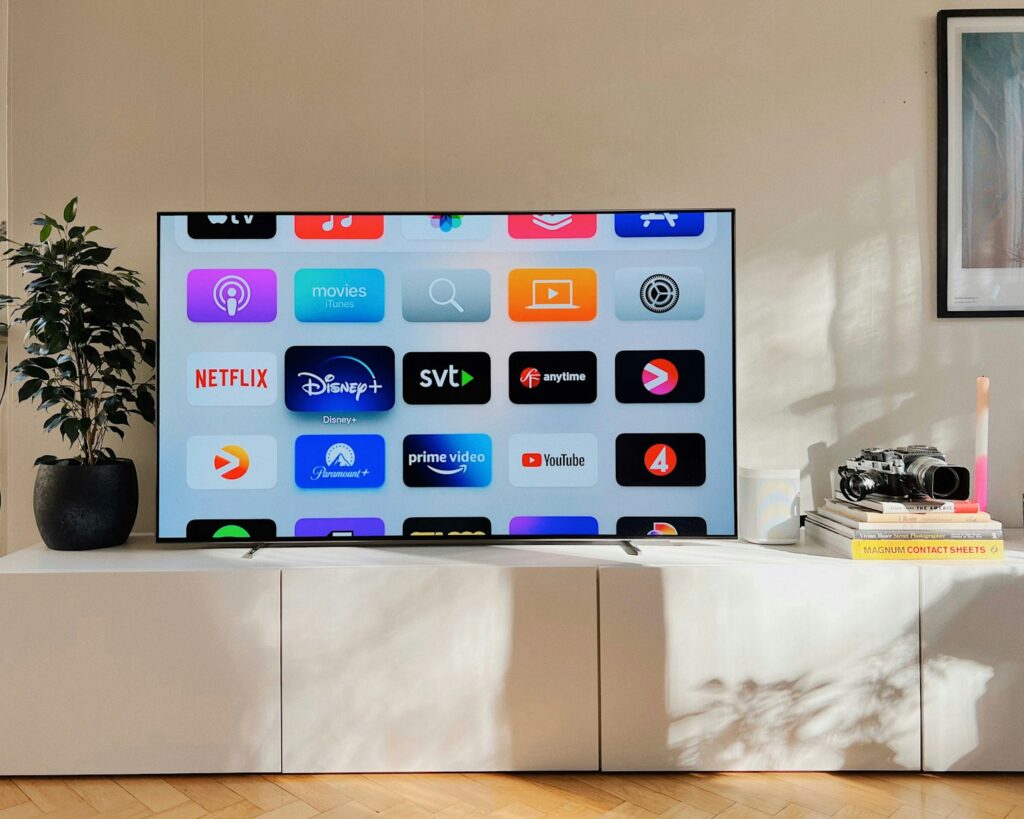
12. **The Evolution to “Engagement Engines” and Future-Proofing Streaming**
The current challenges in the streaming landscape demand a fundamental transformation, pushing platforms to evolve from being mere “acquisition machines” into sophisticated “engagement engines.” This paradigm shift signifies a deeper understanding that long-term success is no longer about simply amassing subscribers, but about fostering deep, sustained relationships with them. It is about creating an ecosystem where viewers feel valued, understood, and consistently entertained, mitigating the fatigue and financial strain that currently plague the market.
To truly become an engagement engine, platforms must prioritize delivering value, simplicity, and relevance. Value, in this context, means a compelling library that justifies the cost, potentially through carefully curated content or appealing bundles. Simplicity addresses the “app fatigue” and content discovery issues, making it easy for users to find what they want without endless searching across fragmented services. Relevance comes from personalized recommendations based on viewing habits, ensuring that the content presented truly resonates with individual tastes and preferences.
The “battle for viewer loyalty has only just begun,” and the future of streaming hinges on these strategic pivots. Platforms must continually re-evaluate their fundamental programming and business models, moving away from the initial promise of endless growth and towards a more disciplined, profitability-focused model. This involves a critical re-evaluation of everything from content commissioning to pricing structures, all aimed at creating lasting relationships rather than fleeting subscriptions. The services that master this delicate balance of content, convenience, and personalization will be the ones that thrive in an increasingly complex and competitive digital landscape.
As the streaming industry continues its profound evolution, the choices made by platforms today will indelibly shape the entertainment landscape of tomorrow. It’s a journey from explosive growth to strategic optimization, where understanding the nuances of consumer behavior and responding with innovative solutions—from ad-supported models and intelligent bundling to curated, retention-focused content—will define the winners and losers. The era of unchecked expansion is over; the future belongs to those who can build not just subscriber lists, but genuine, enduring communities around their content. The curtain has truly risen on the era of sustainable streaming.



